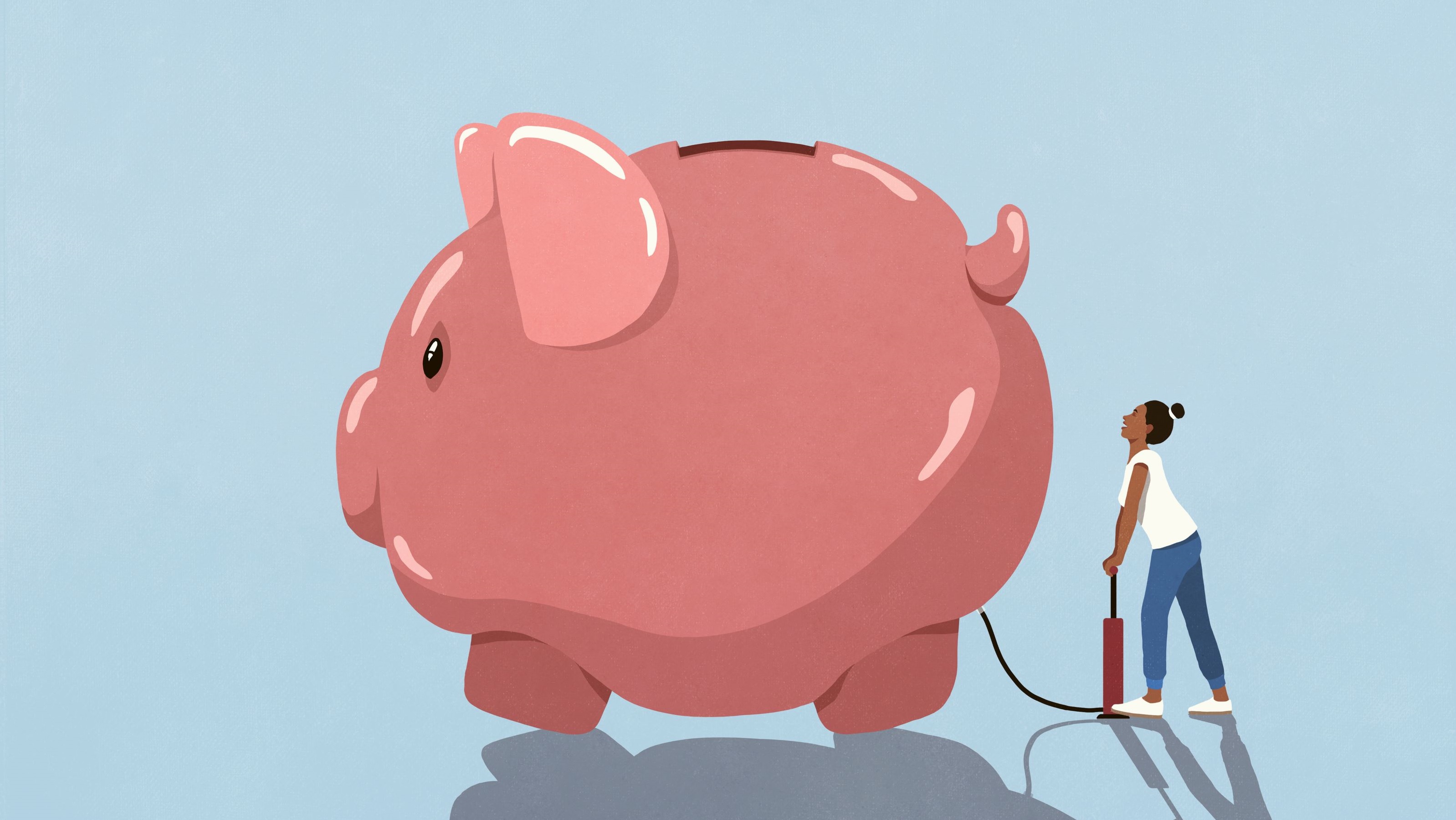What's Likely to Happen to Inflation Bond Rates
I-bonds are likely to become a good — not great — savings option as inflation bond rates are expected to lower.


Savers have been struggling to keep up with high inflation for more than a year now. Even as interest rates on savings accounts and other options rise, it has been nearly impossible to stay even with inflation on risk-free savings products, with one exception: inflation bonds from the Treasury Department.
The U.S. Treasury’s I-bond, a savings bond that has its yield adjusted every six months to reflect current inflation, is due to be updated on May 1. Currently, purchasers of I-bonds get a 6.89% annual rate for the next six months, which surpasses just about every other rate on no-risk savings options anywhere.
But on May 1, the rate will likely be adjusted to 4.1%: Still decent, but not as high as what savers can find on certificates of deposit, short-term Treasury bills and money market funds. Plus, those alternatives are likely to bump their rates up a bit more, assuming the Federal Reserve increases its benchmark rate again in May.
From just $107.88 $24.99 for Kiplinger Personal Finance
Become a smarter, better informed investor. Subscribe from just $107.88 $24.99, plus get up to 4 Special Issues

Sign up for Kiplinger’s Free Newsletters
Profit and prosper with the best of expert advice on investing, taxes, retirement, personal finance and more - straight to your e-mail.
Profit and prosper with the best of expert advice - straight to your e-mail.
To understand why the new I-bond interest rate is likely to be adjusted down so much, you need to first understand how Treasury sets the rate every six months. The rate includes two components: A fixed-base rate that remains the same for the life of the bond, plus the six-month change in the consumer price index, annualized.
Treasury doesn’t explain how it arrives at the fixed portion of the rate, which it set at 0.4% when it last updated I-Bond rates in November. We suspect the government will bump up that fixed rate slightly, to about 0.5%, in May.
The rest of the rate is easy to calculate, since we know the inflation data from recent months that the Treasury will use in its calculation. For the upcoming adjustment, that variable portion is 3.6%. Add our estimated 0.5% fixed base rate and you get 4.1%.
The rate at the purchase date will be good for six months following the May reset, so you may want to hurry to beat the clock while you can still earn the current 6.89% rate. I-bonds can be purchased through Treasury Direct accounts at www.treasurydirect.gov. For more information on how I-bonds work, how to buy them, and what you need to know about their advantages and disadvantages, see this handy explainer.
Profit and prosper with the best of Kiplinger's advice on investing, taxes, retirement, personal finance and much more. Delivered daily. Enter your email in the box and click Sign Me Up.

David is both staff economist and reporter for The Kiplinger Letter, overseeing Kiplinger forecasts for the U.S. and world economies. Previously, he was senior principal economist in the Center for Forecasting and Modeling at IHS/GlobalInsight, and an economist in the Chief Economist's Office of the U.S. Department of Commerce. David has co-written weekly reports on economic conditions since 1992, and has forecasted GDP and its components since 1995, beating the Blue Chip Indicators forecasts two-thirds of the time. David is a Certified Business Economist as recognized by the National Association for Business Economics. He has two master's degrees and is ABD in economics from the University of North Carolina at Chapel Hill.
-
 Is Your Emergency Fund Running Low? Here's How to Bulk It Up
Is Your Emergency Fund Running Low? Here's How to Bulk It UpIf you're struggling right now, you're not alone. Here's how you can identify financial issues, implement a budget and prioritize rebuilding your emergency fund.
-
 Guide to How All-Assets Planning Offers a Better Retirement
Guide to How All-Assets Planning Offers a Better RetirementAn "all-asset" strategy would integrate housing wealth and annuities with traditional investments to generate more income and liquid savings for retirees.
-
 Forget FIRE: Why ‘FILE’ Is the Smarter Move for Child-Free DINKs
Forget FIRE: Why ‘FILE’ Is the Smarter Move for Child-Free DINKsHow shifting from "Retiring Early" to "Living Early" allows child-free adults to enjoy their wealth while they’re still young enough to use it.